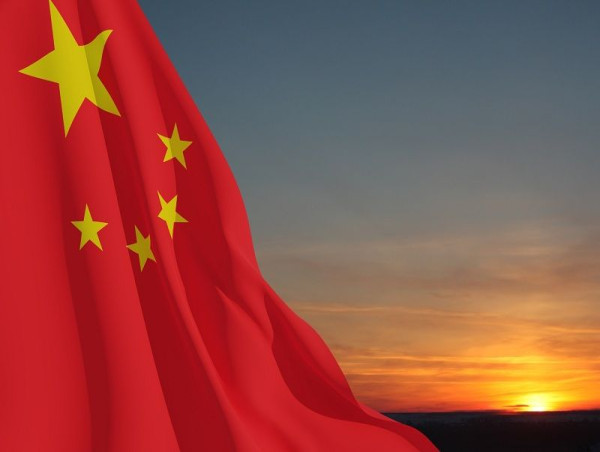China’s monetary policy is sending mixed signals, leaving investors and economists uncertain about whether the People’s Bank of China (PBOC) will cut interest rates soon.
Despite an easing stance suggesting support for a struggling economy, the central bank has refrained from taking decisive action, with its last interest rate cut nearly six months ago.
The PBOC had hinted at lowering the reserve requirement ratio (RRR) for banks, a move that would inject more liquidity into the system, but it has yet to follow through.
Meanwhile, an experimental government bond-buying program has been abruptly halted, restricting interbank liquidity.
These actions, or lack thereof, suggest that monetary easing may not be as imminent as previously expected.
Market expectations for interest rate cuts have now shifted further into 2025.
Major global financial institutions, including Citigroup, Nomura, and Standard Chartered, have adjusted their forecasts, predicting rate reductions in the second quarter instead of the first.
Goldman Sachs has also revised its outlook, anticipating a delay in any reduction of banks’ reserve requirements.
Yuan stability over easing
A key factor influencing the PBOC’s hesitation appears to be Beijing’s broader agenda to stabilise the yuan.
Chinese President Xi Jinping has made strengthening the currency a central pillar of his economic strategy, aiming to boost its global influence.
This focus has led to a reluctance to introduce stimulus measures that could weaken the yuan further.
Concerns over a renewed trade war with the US have also complicated the PBOC’s policy decisions.
Analysts at TS Lombard have suggested that interest rate policy is being held “hostage to tariffs,” with monetary easing being delayed in response to potential trade pressures.
A weaker yuan would make Chinese exports more competitive, but it could also escalate tensions with Washington.
This delicate balancing act has created confusion among market participants, as recent PBOC actions appear inconsistent with its earlier pro-stimulus rhetoric.
The central bank has maintained a strong daily fixing for the yuan, keeping it above the 7.2 per dollar threshold, while also issuing verbal warnings to discourage excessive currency speculation.
China’s monetary policy: global factors at play
China’s monetary policy is not only being shaped by domestic factors but also by developments in the global economy.
The Federal Reserve’s ongoing battle against inflation has reinforced the strength of the US dollar, further complicating the PBOC’s options.
Some economists believe that China’s central bank is waiting for clearer signals from the US before making any significant moves.
If the Federal Reserve begins cutting rates, it could provide the PBOC with more flexibility to ease its own monetary policy without triggering excessive depreciation of the yuan.
The uncertainty surrounding China’s economic outlook is exacerbated by a prolonged property market downturn and weak consumer spending.
Deflationary pressures are mounting, raising concerns that the economy could slip into a deeper slowdown. Beijing’s official GDP growth target of around 5% for 2025 remains ambitious, given these challenges.
China’s monetary policy: limited tools
The PBOC is facing constraints on its ability to implement traditional monetary easing measures.
Its key policy rate is already at a record low of 1.5%, and the average RRR for banks stands at 6.6%, approaching the 5% threshold that officials have previously indicated as a minimum level.
As a result, the central bank may need to rely on alternative liquidity measures.
Newly introduced reverse repurchase agreements could play a larger role in managing short-term liquidity, while state-backed funds may be deployed to stabilise financial markets.
Many economists argue that monetary policy alone will not be sufficient to support China’s economy.
Calls for increased fiscal stimulus are growing, with some experts suggesting that government-led investment in infrastructure and social programmes will be necessary to drive domestic demand.
For now, the PBOC’s policy direction remains unclear, and markets are left guessing whether rate cuts will materialise in 2025.
With economic headwinds intensifying, the central bank may soon be forced to choose between defending the yuan or providing much-needed stimulus to a slowing economy.
The post Will China’s central bank cut rates soon? Mixed signals fuel confusion appeared first on Invezz





